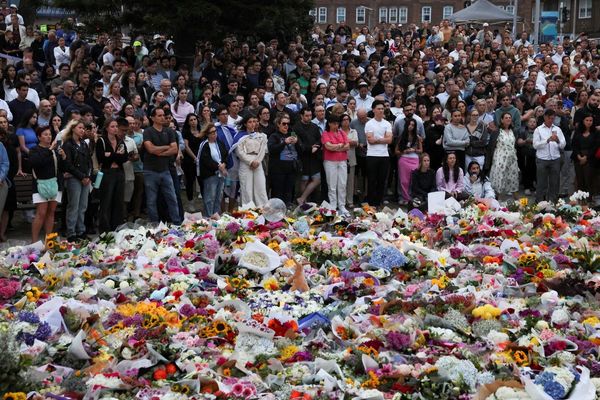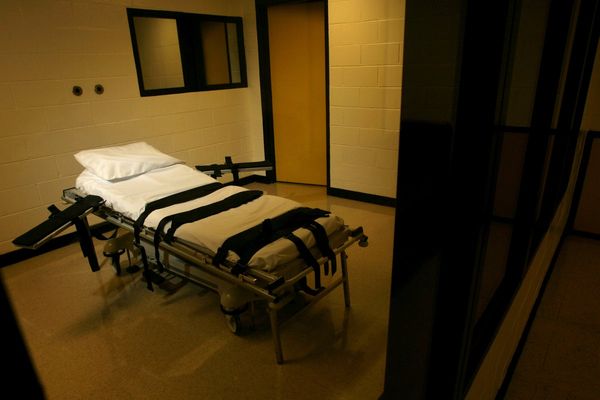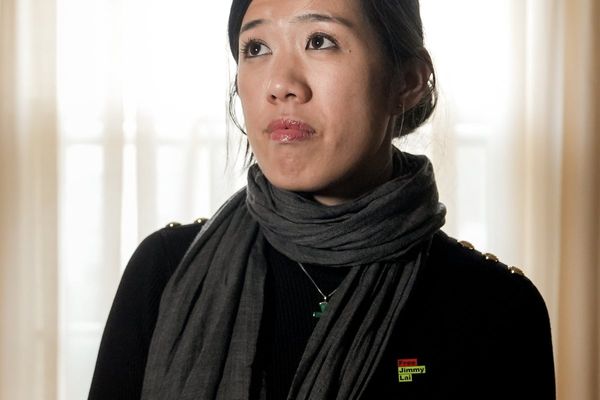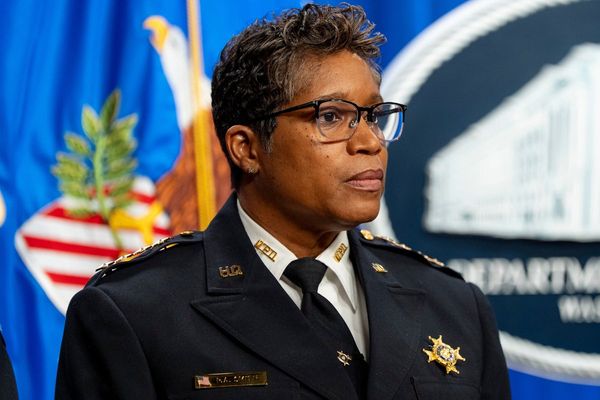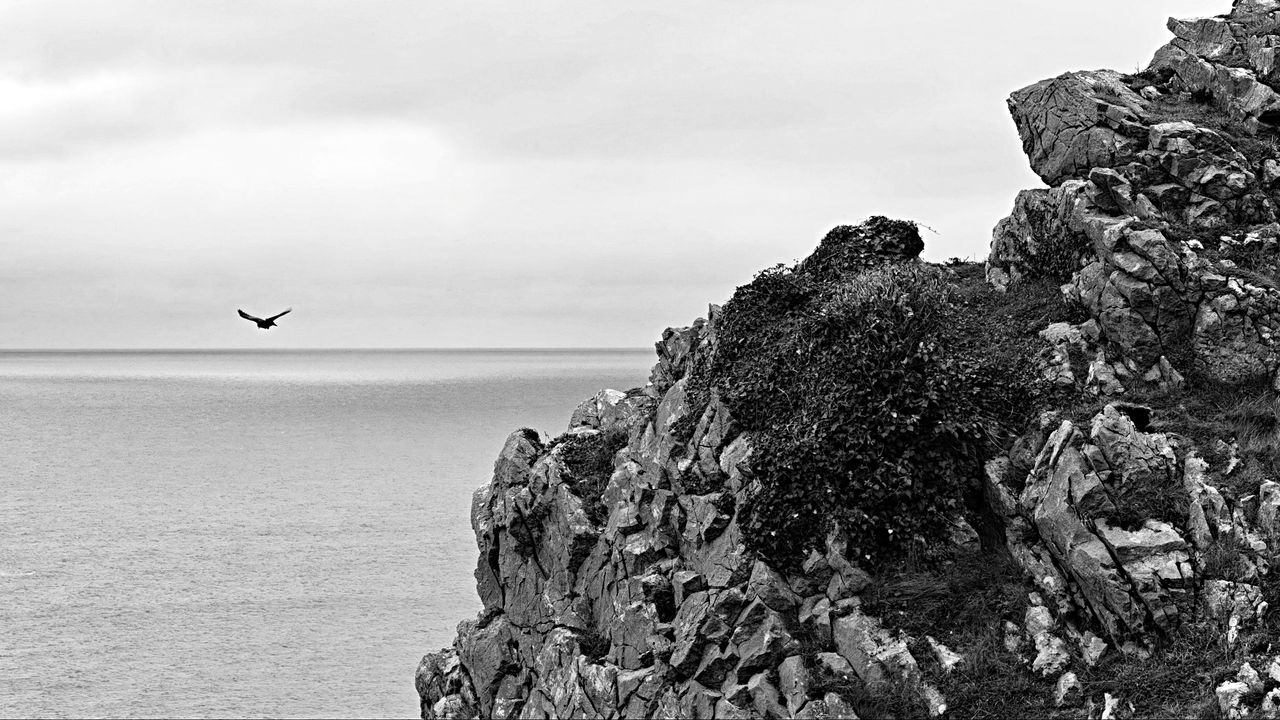
I’m not a landscape photographer. I’ve taken photographs of landscapes for assignments when they fit a story, but a traditional landscape photographer I am not.
I’ve recently come to realize that I don’t have the patience for what most people consider 'landscape photography'; tripods, filters and waiting for the perfect light. I shoot landscapes much like street photography – shifting moments, reactions to shape and texture, a dialogue with what’s in front of me – rather than planning a perfect composition.
So when I decided to take my camera phone out for an hour on the Gower coast, I wasn’t trying to emulate a typical landscape shoot. I wanted to see how the phone would respond to how I see.
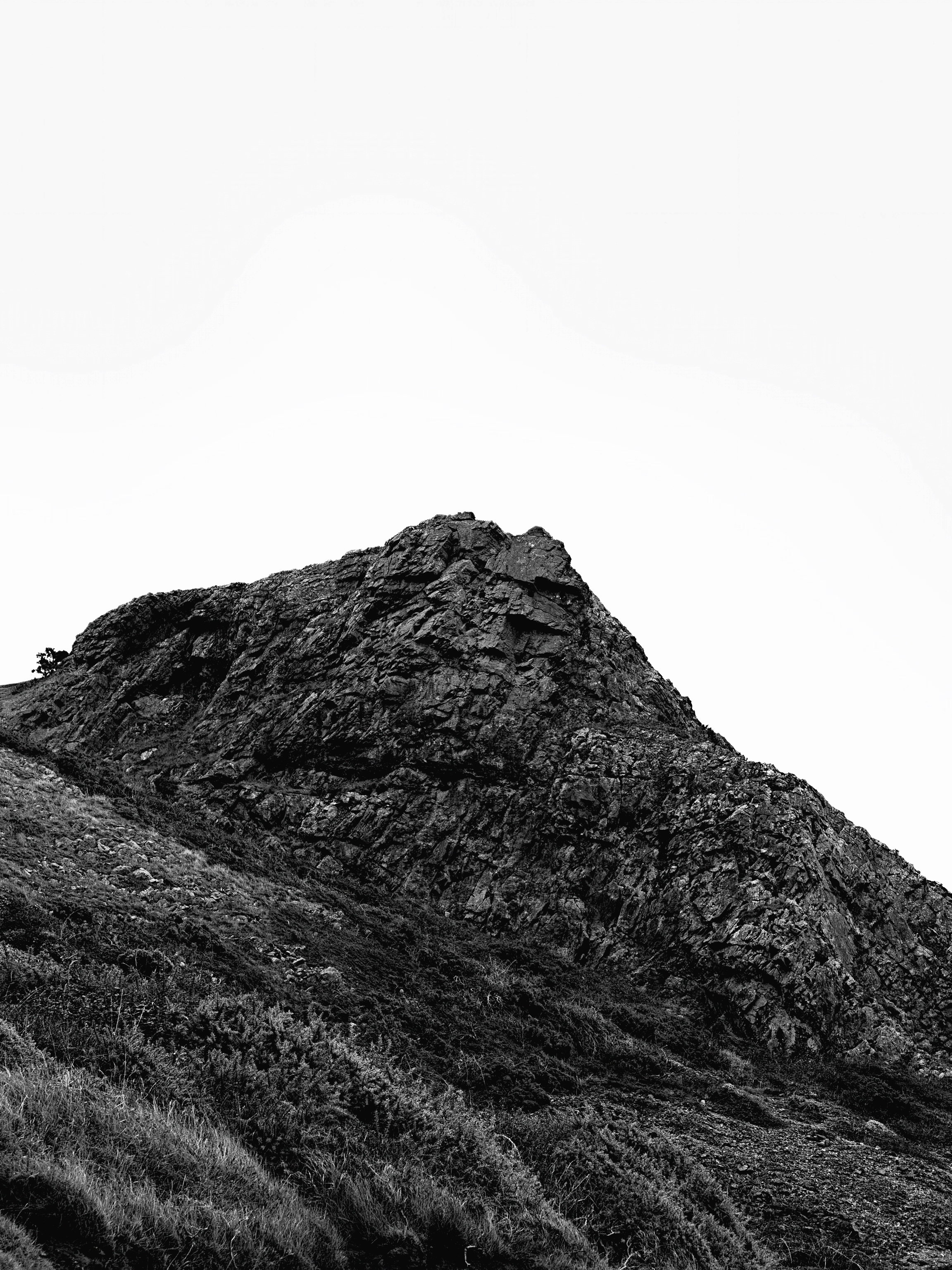
The phone I used was the Oppo Find X8 Ultra, which I’ve been experimenting with for months across different genres; first street, now landscape. I didn’t have any expectations beyond curiosity, but the results honestly surprised me. The level of detail, the dynamic range and the tonal control made the images feel clean and balanced, which enabled me to process them with flexibility.
Because the phone is small and responsive, I didn’t overthink it. There was no pressure to set up, no tripod to adjust. Just me and the coastline. That same responsiveness also meant I could quickly turn and capture a passing herd of cows, not quite a landscape, but it added to the story, grounding the set in a lived moment rather than a constructed scene.
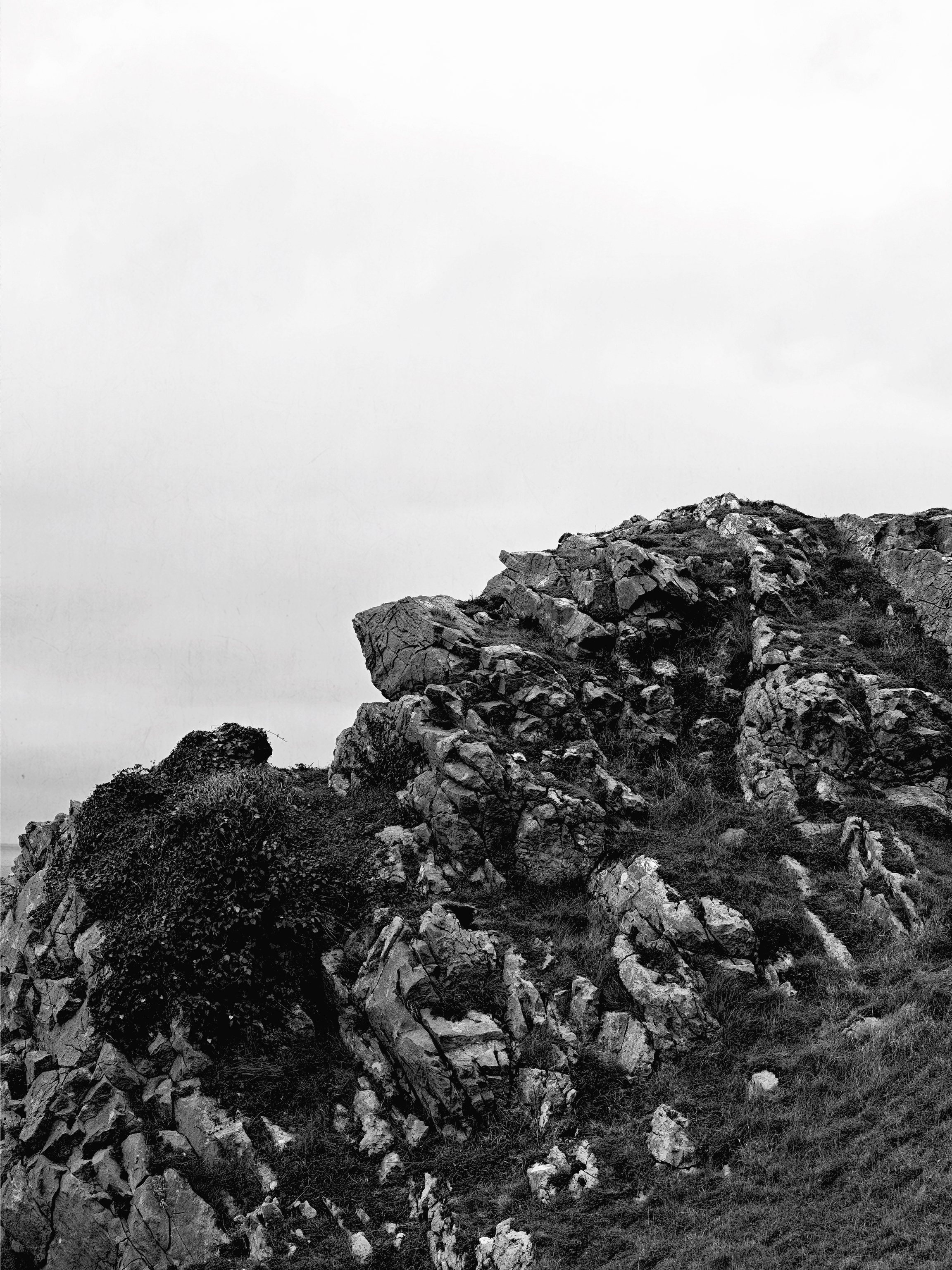
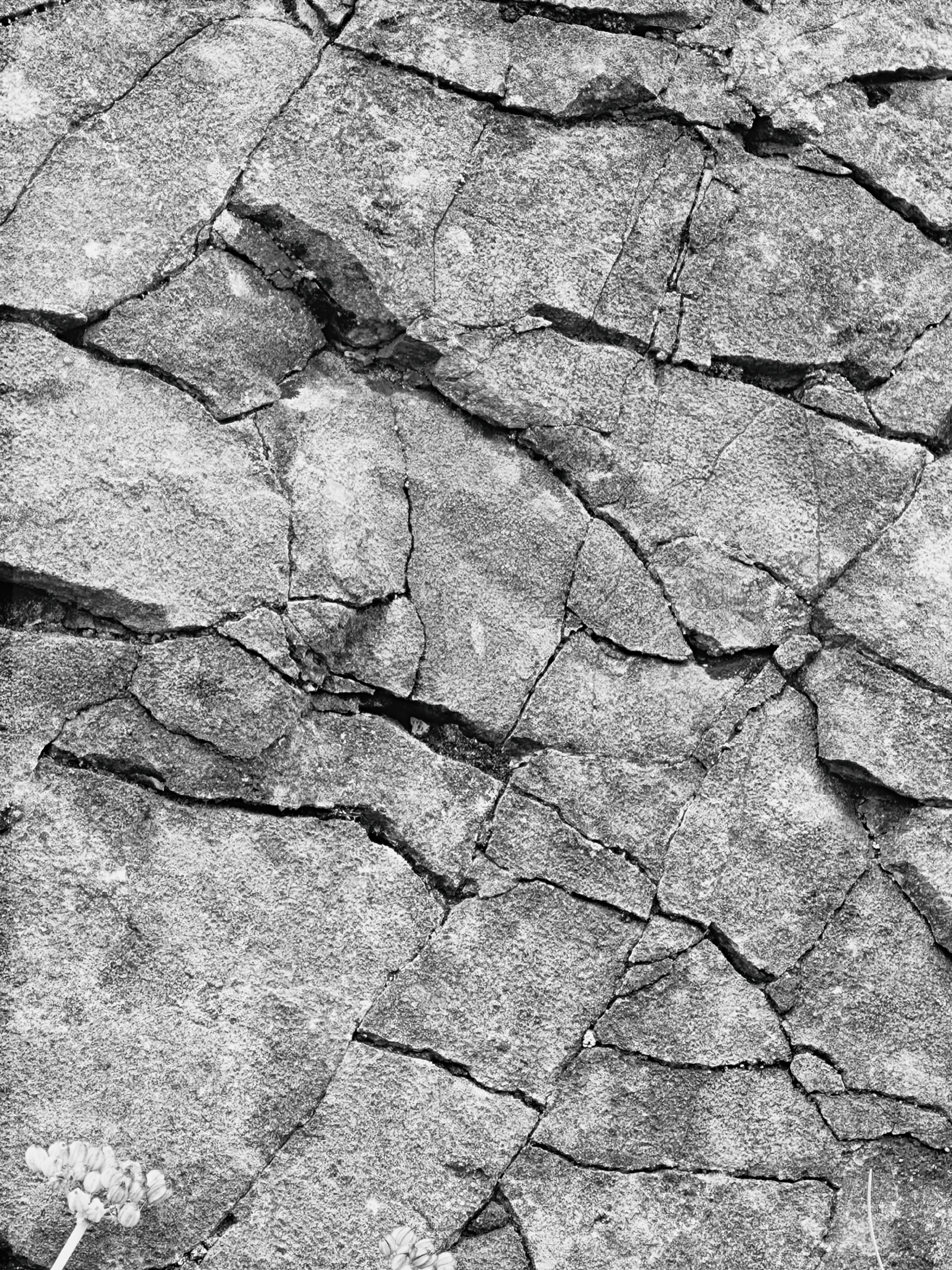
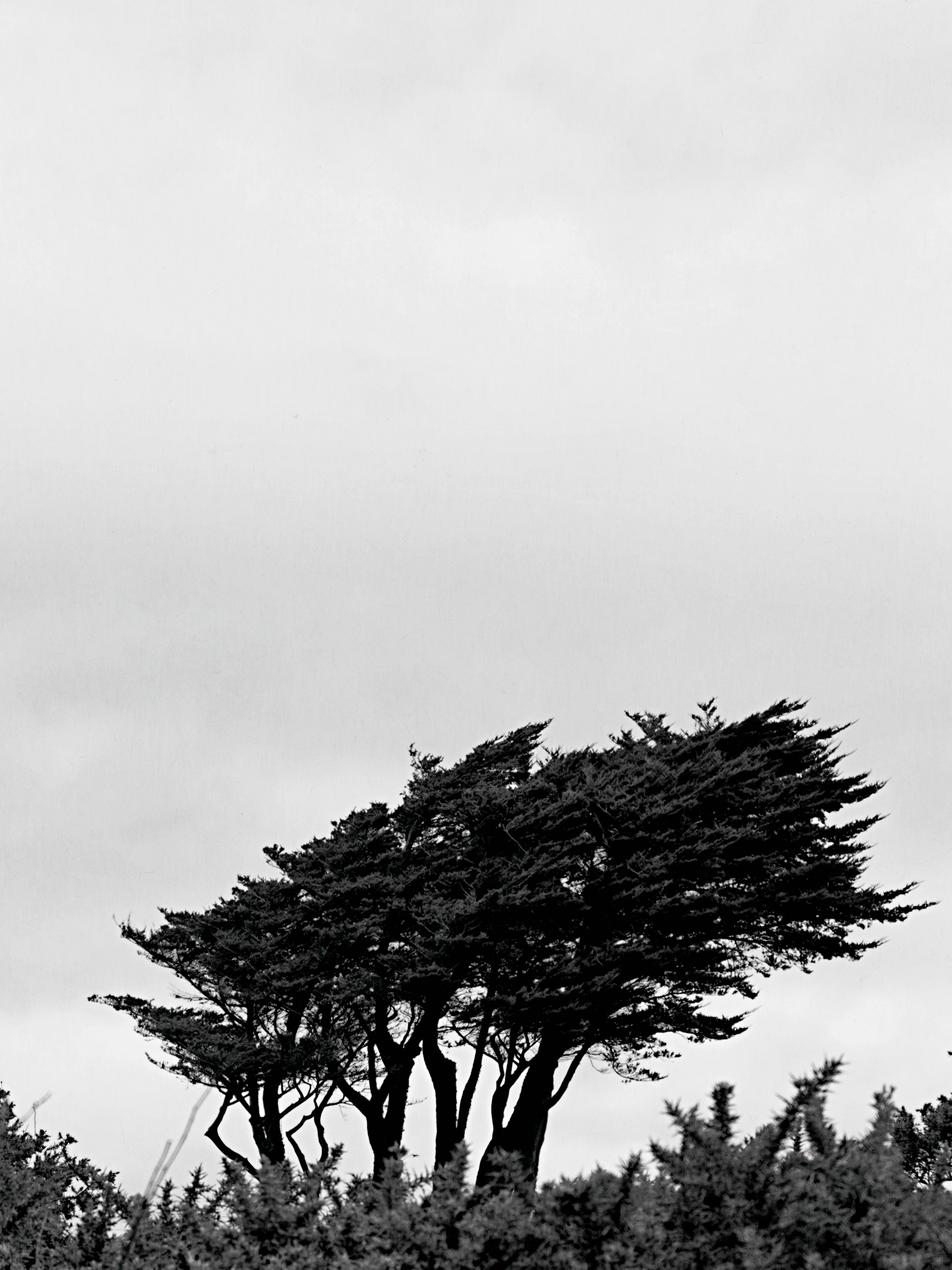
When it came to editing, I processed the images in my usual style, adding texture and pulling back on sharpness and definition. Most phone images default to being overly crisp and hyper-real, which can feel clinical. I prefer something softer, closer to how I felt in the moment rather than how it looked.
My images are typically always in black-and-white, so it’s less about reproducing the scene and more about translating the atmosphere; the quietness, the weight or lack of clouds, the texture of stone.
I haven’t tried printing them yet, but for a world that mostly lives digitally, the images are more than acceptable. They hold up beautifully on a screen which, if we’re honest, is where most photography is seen today anyway – unfortunately.
Modern camera phones continue to surprise me. They won’t replace a full-frame camera setup for professional work or large prints, but they do enable me to keep photographing when I otherwise might not.
you may also like
If you fancy trying landscape photography on your phone, you might want to check out our tutorial: How to take landscape photographs on your phone. If you want to go about things more conventionally, take a look at the best cameras for landscape photography and the best lenses for landscapes, along with these great landscape photography tips.

